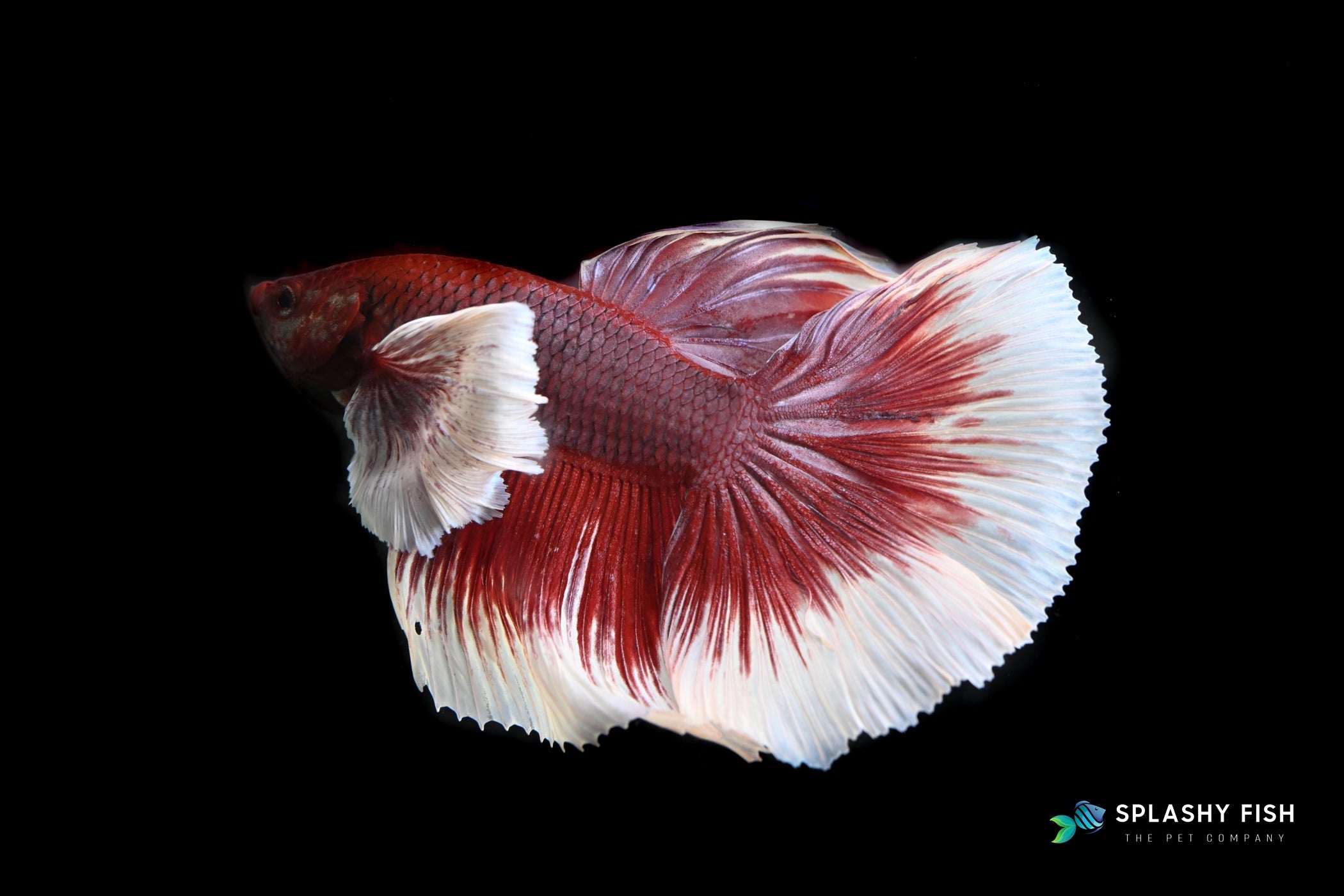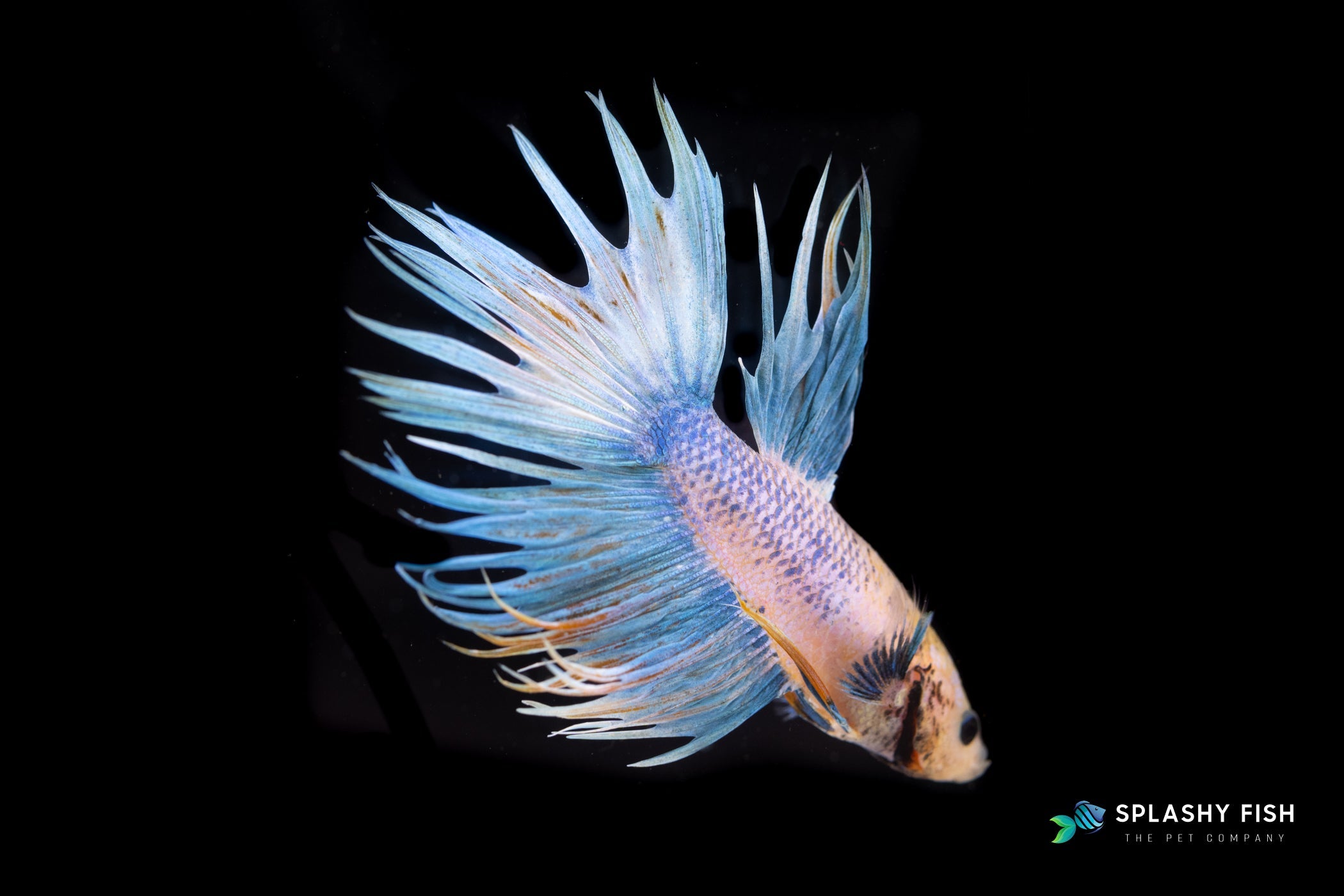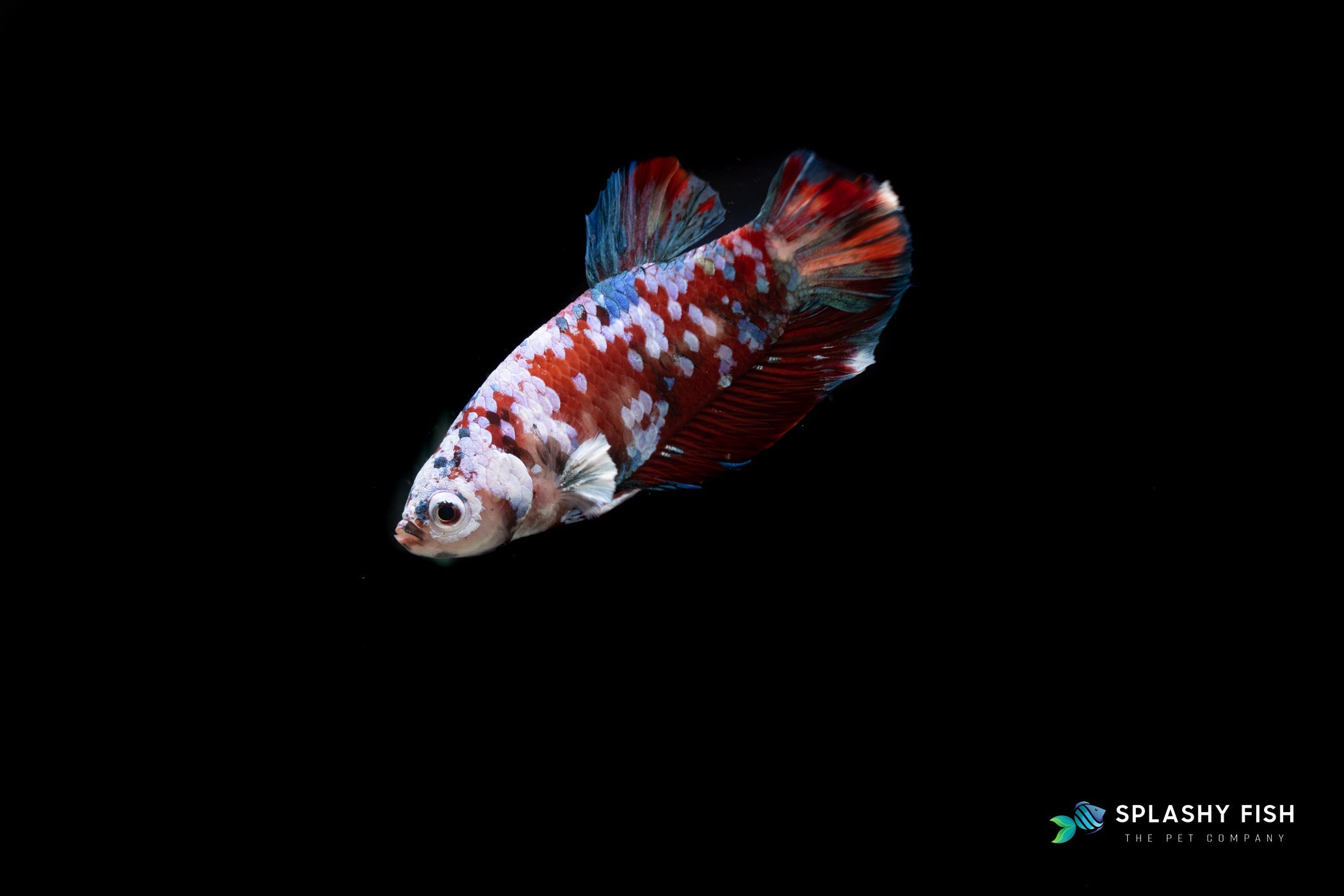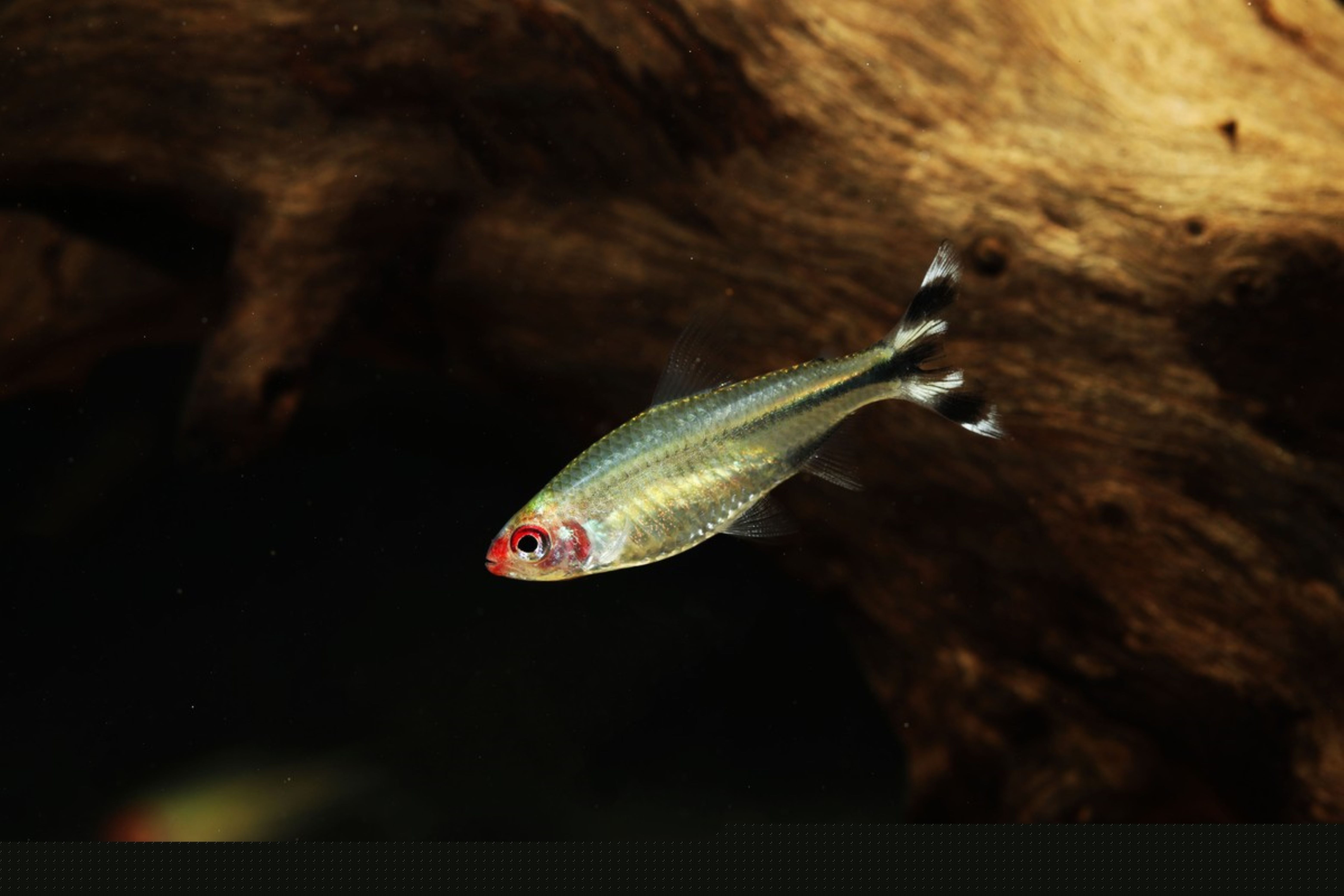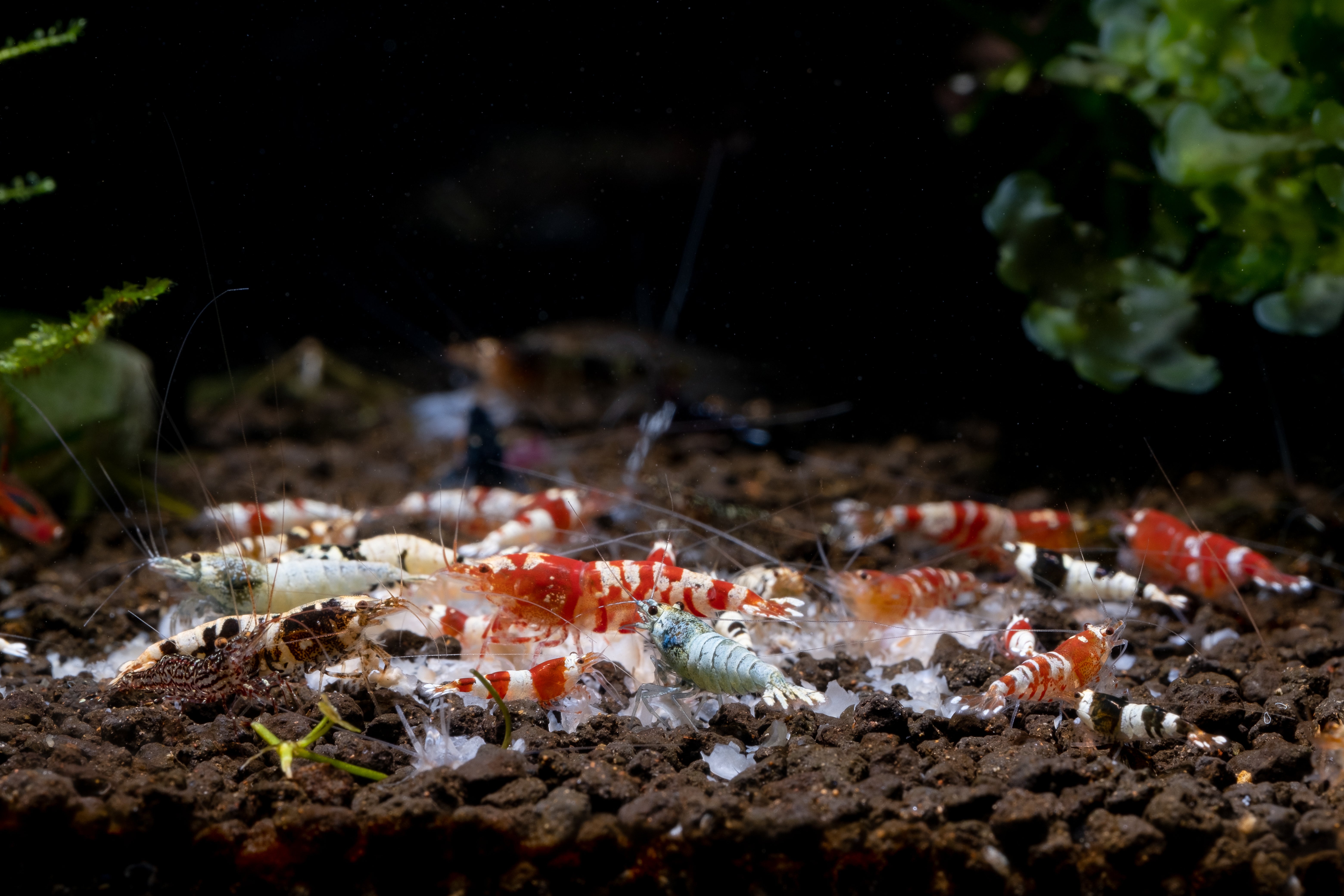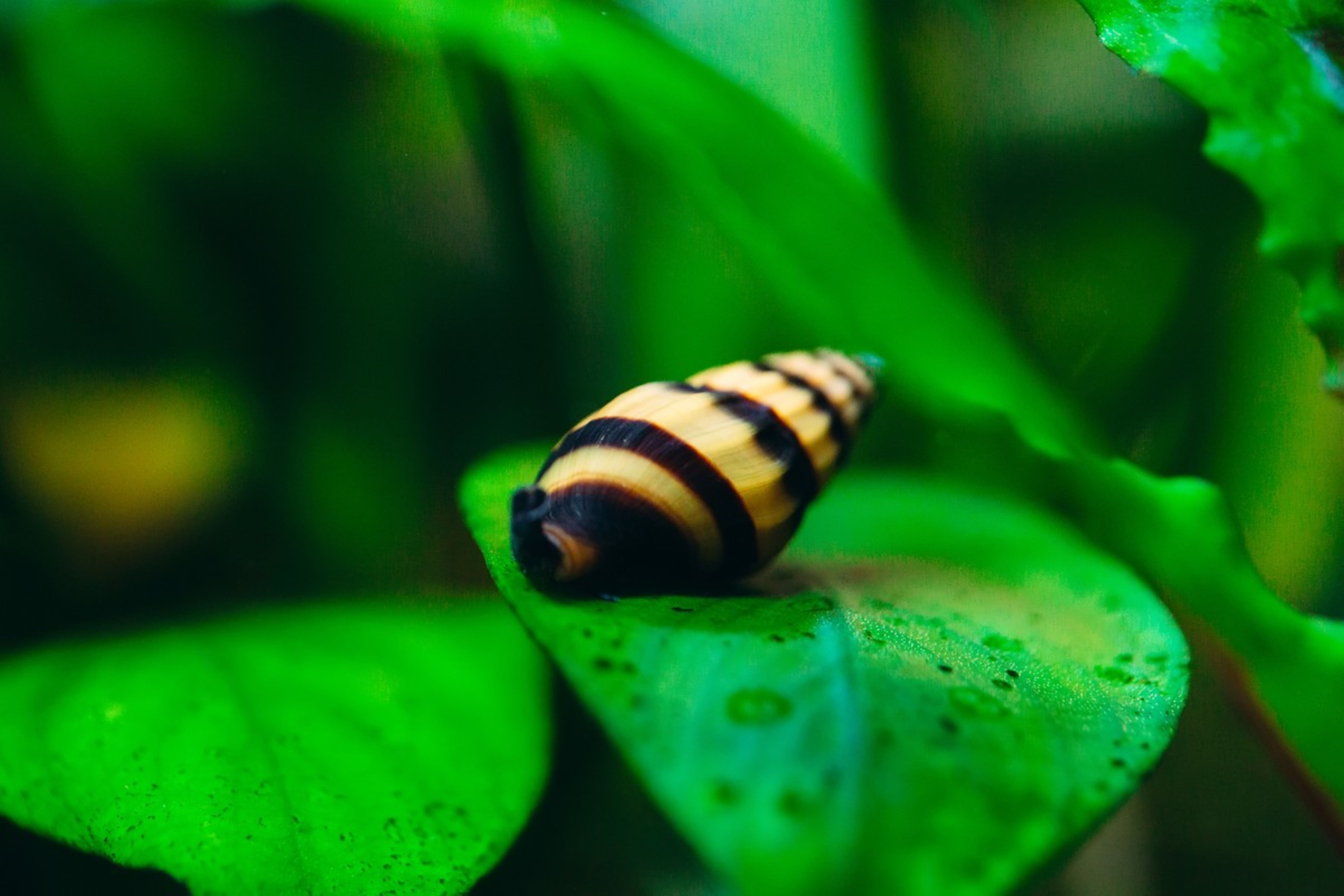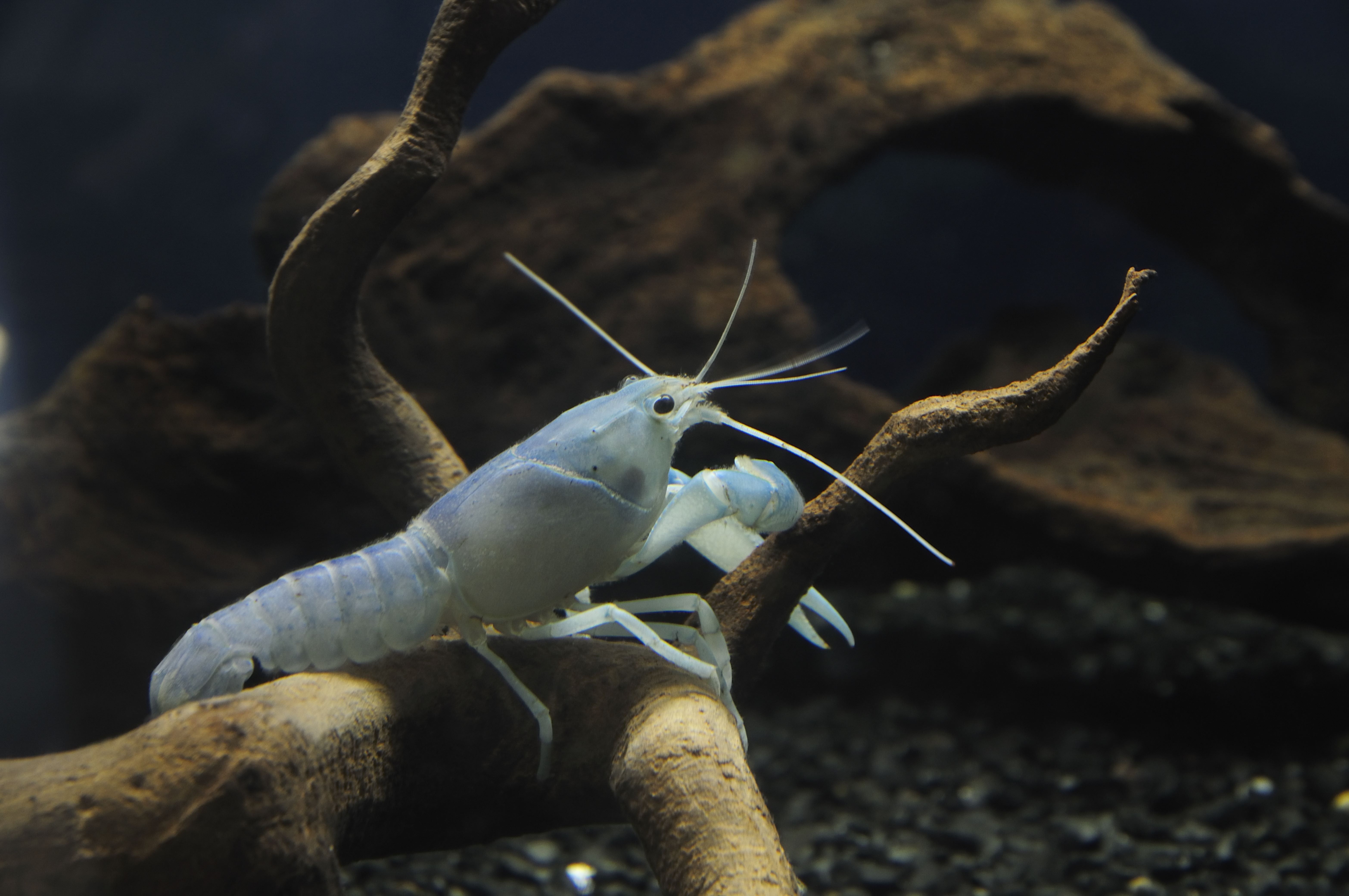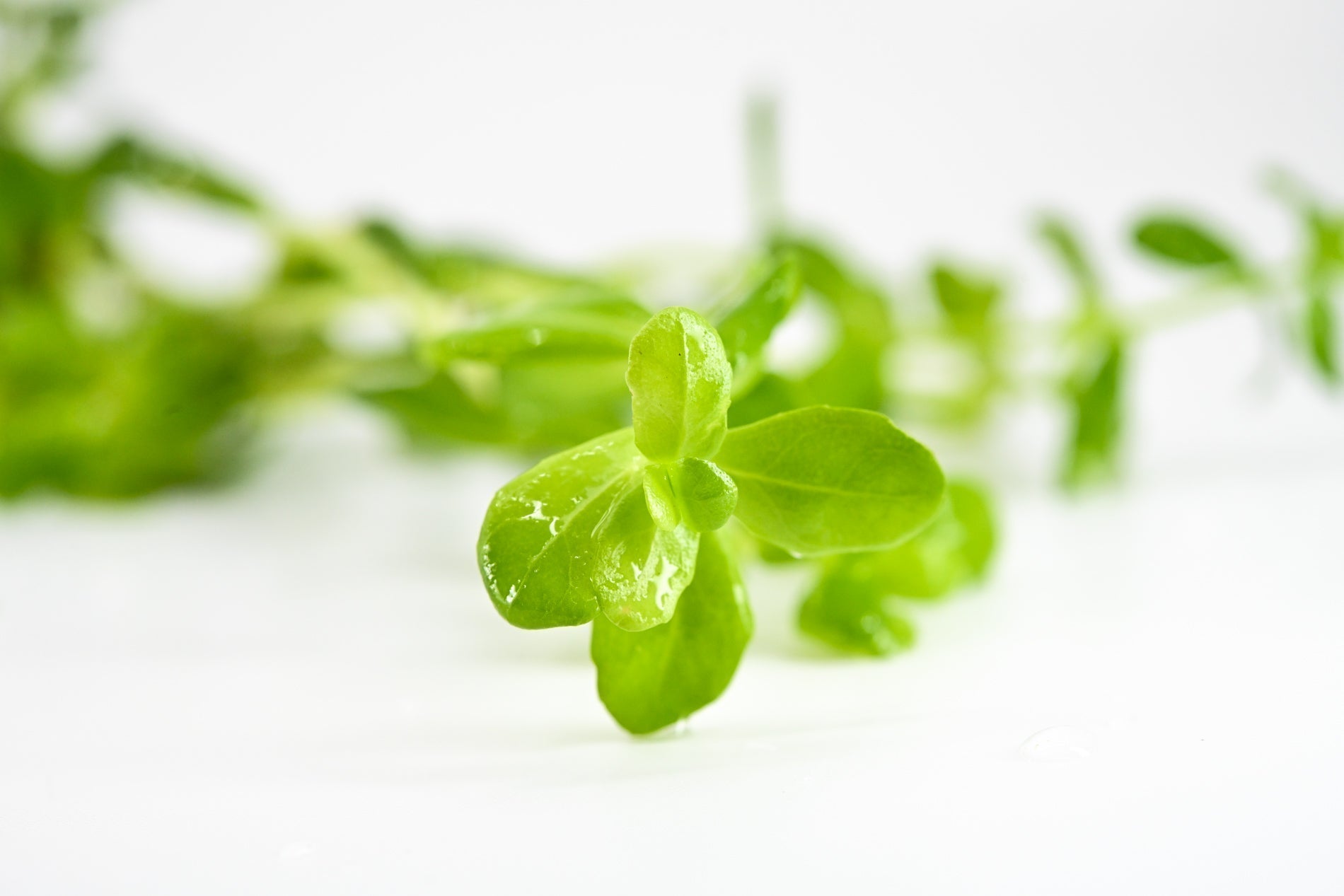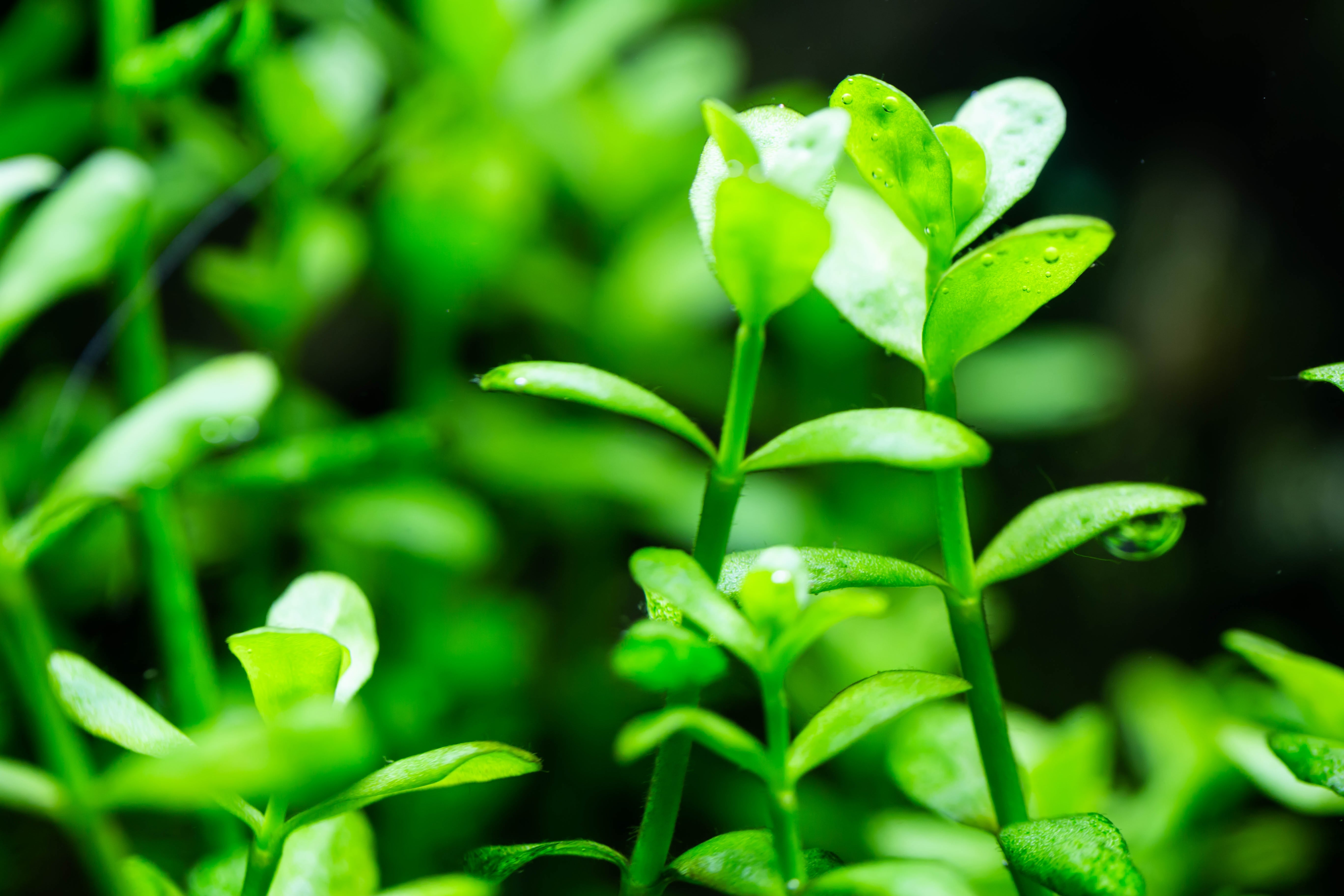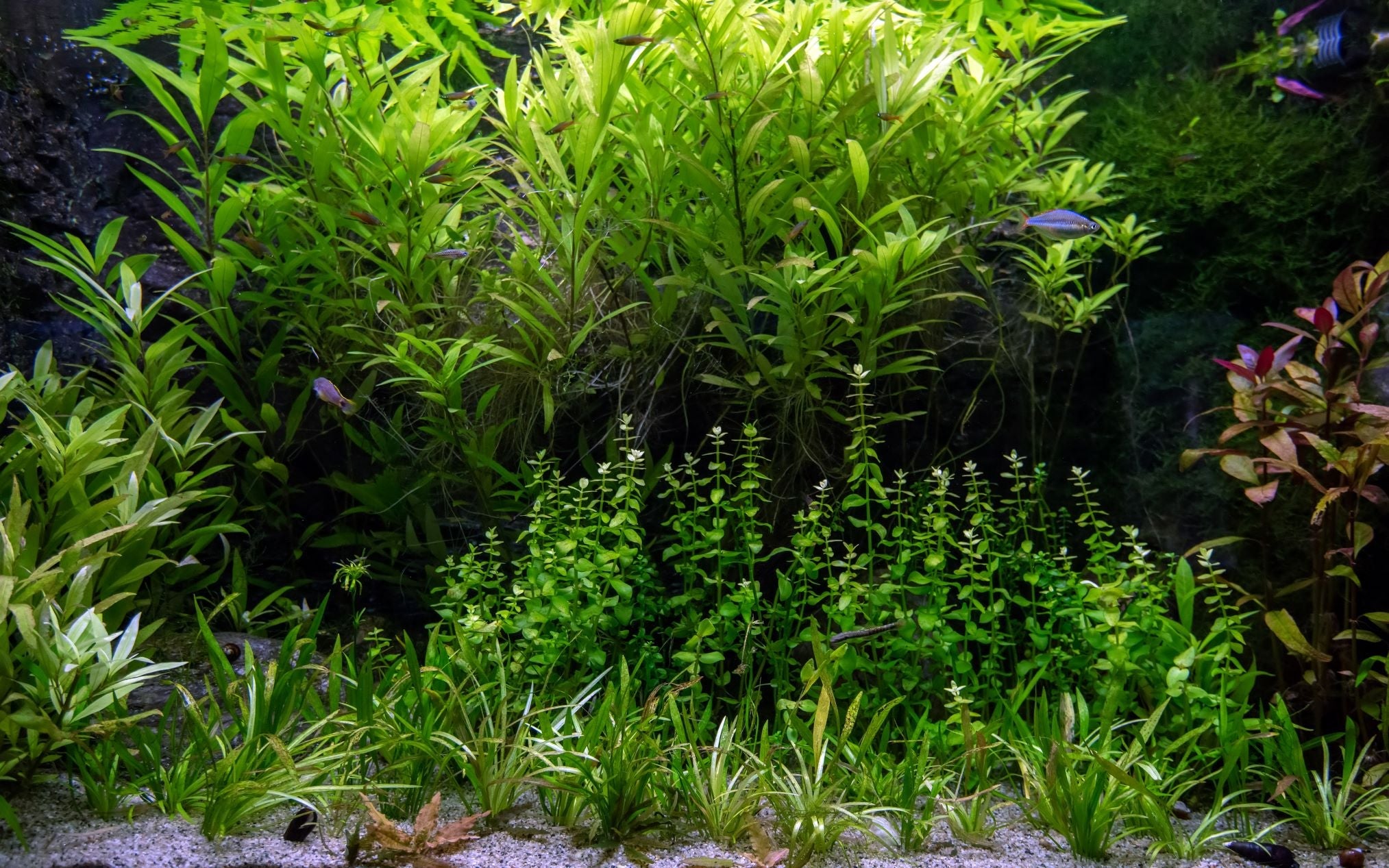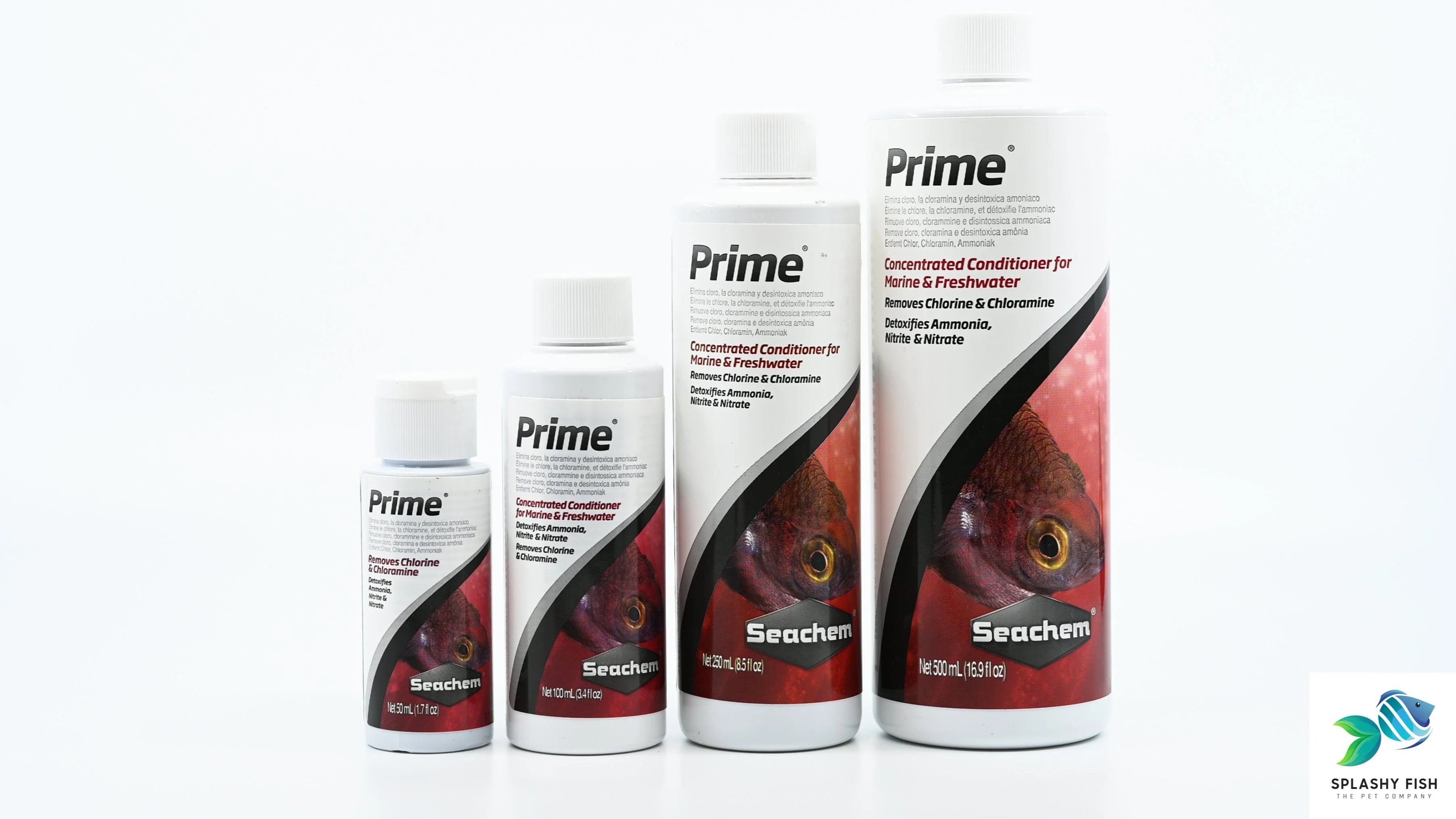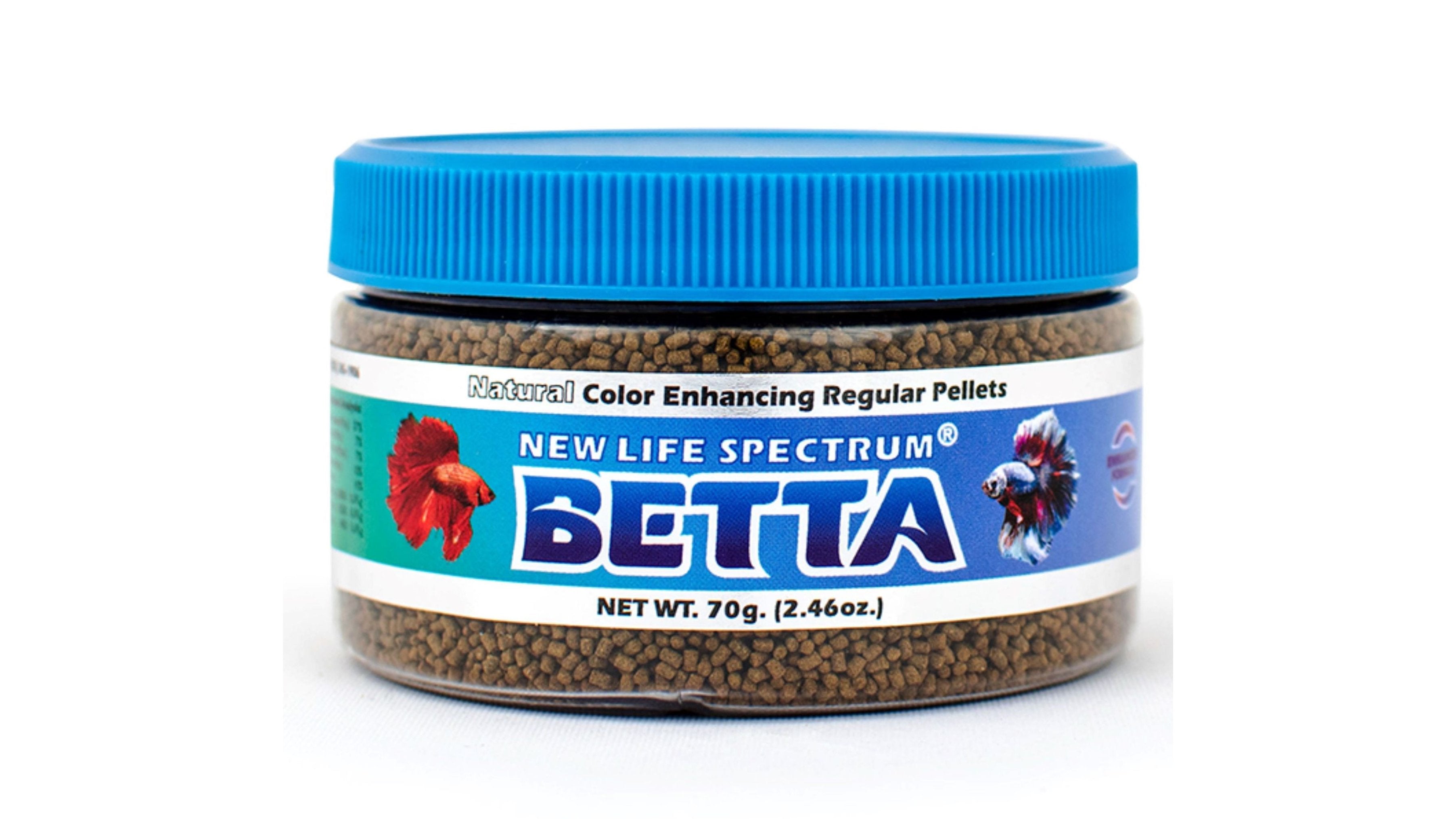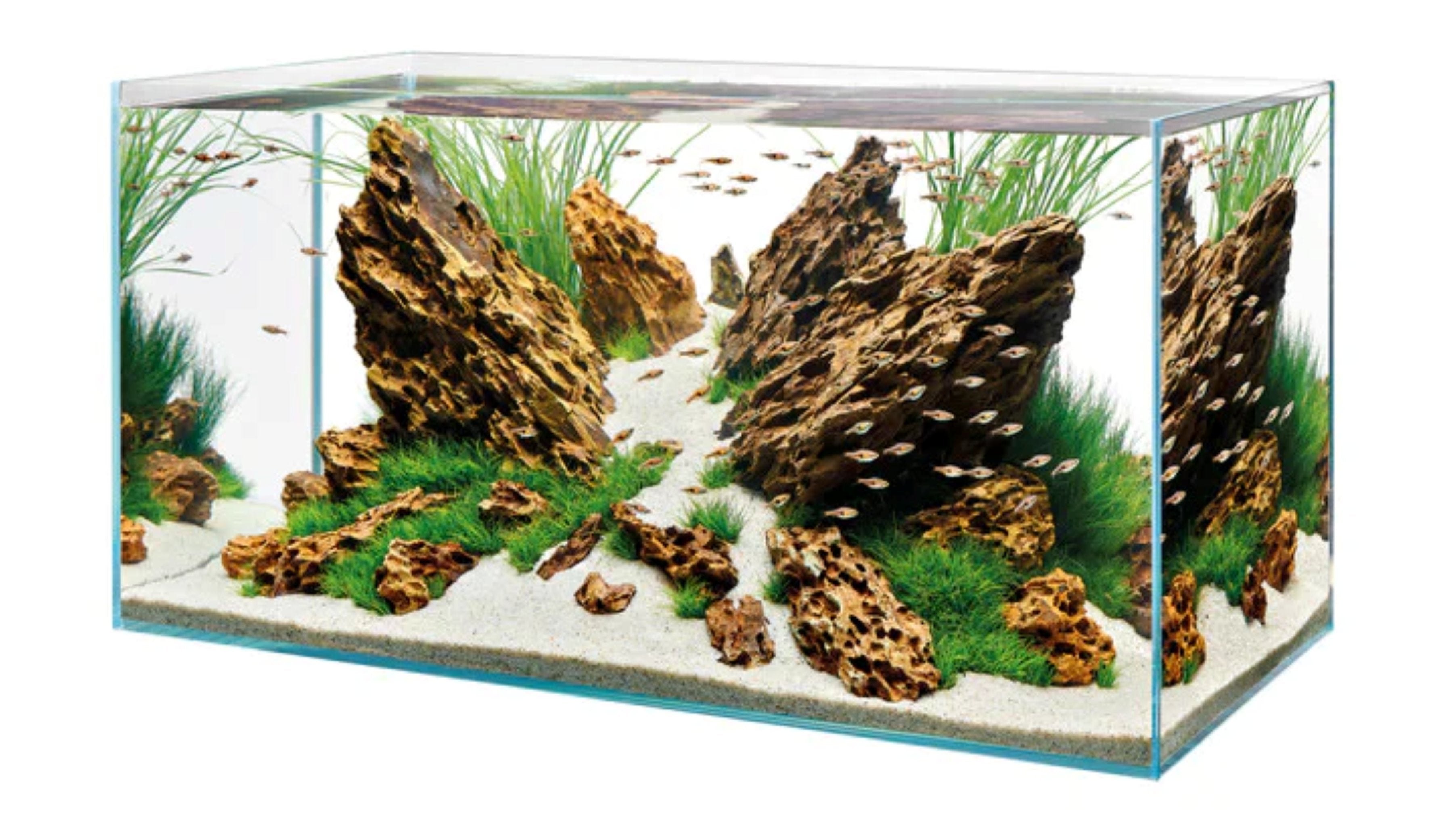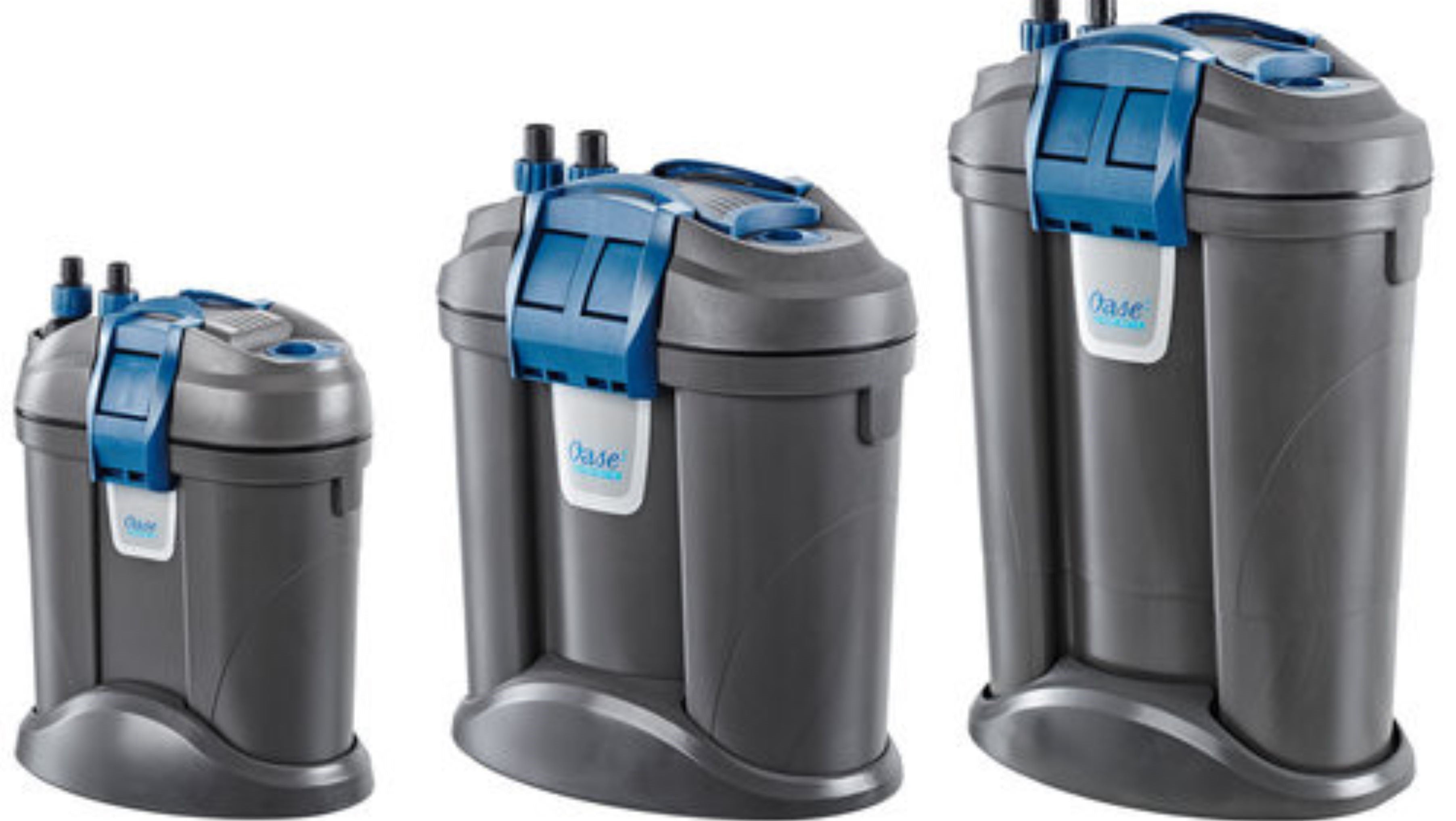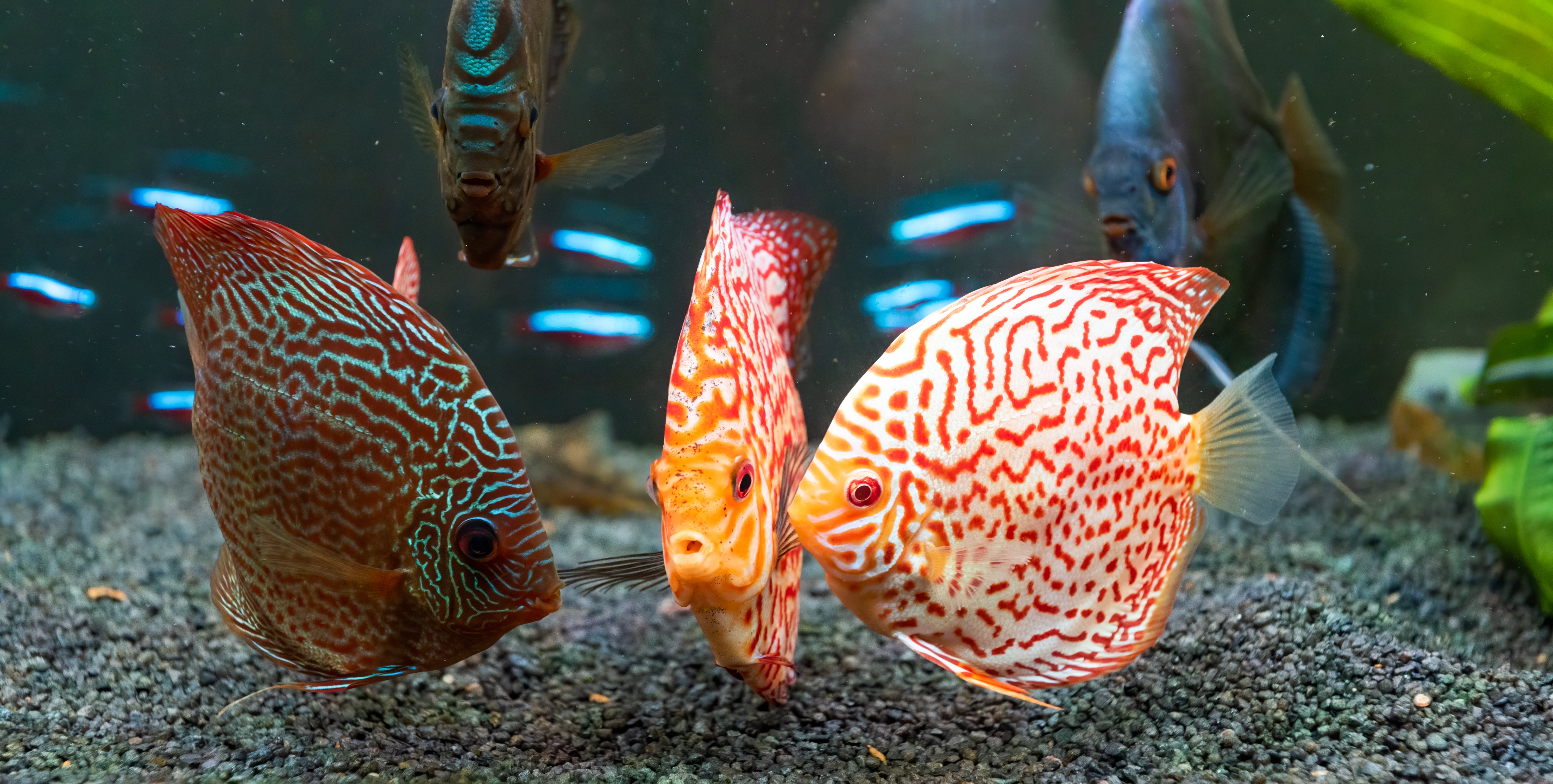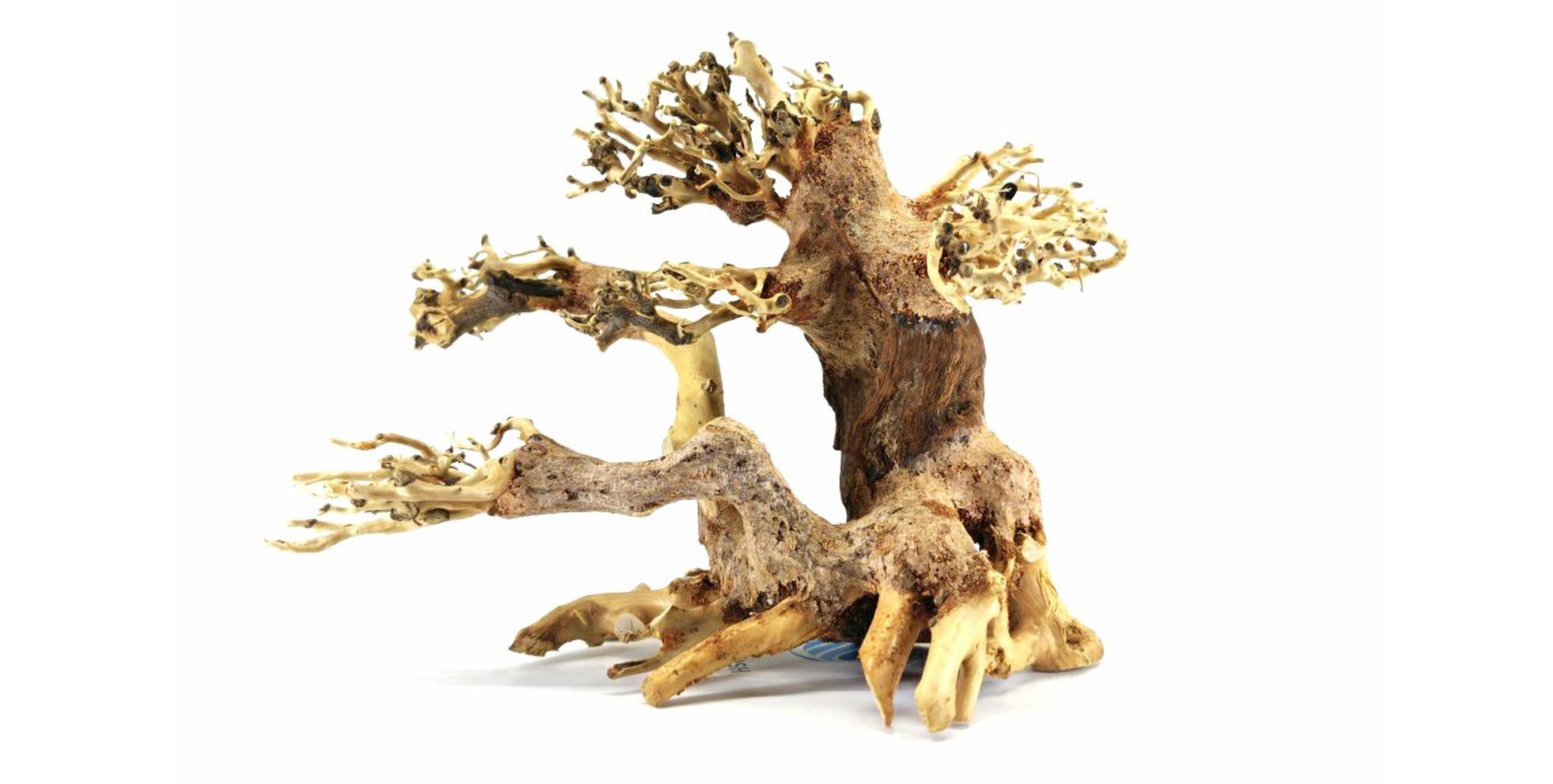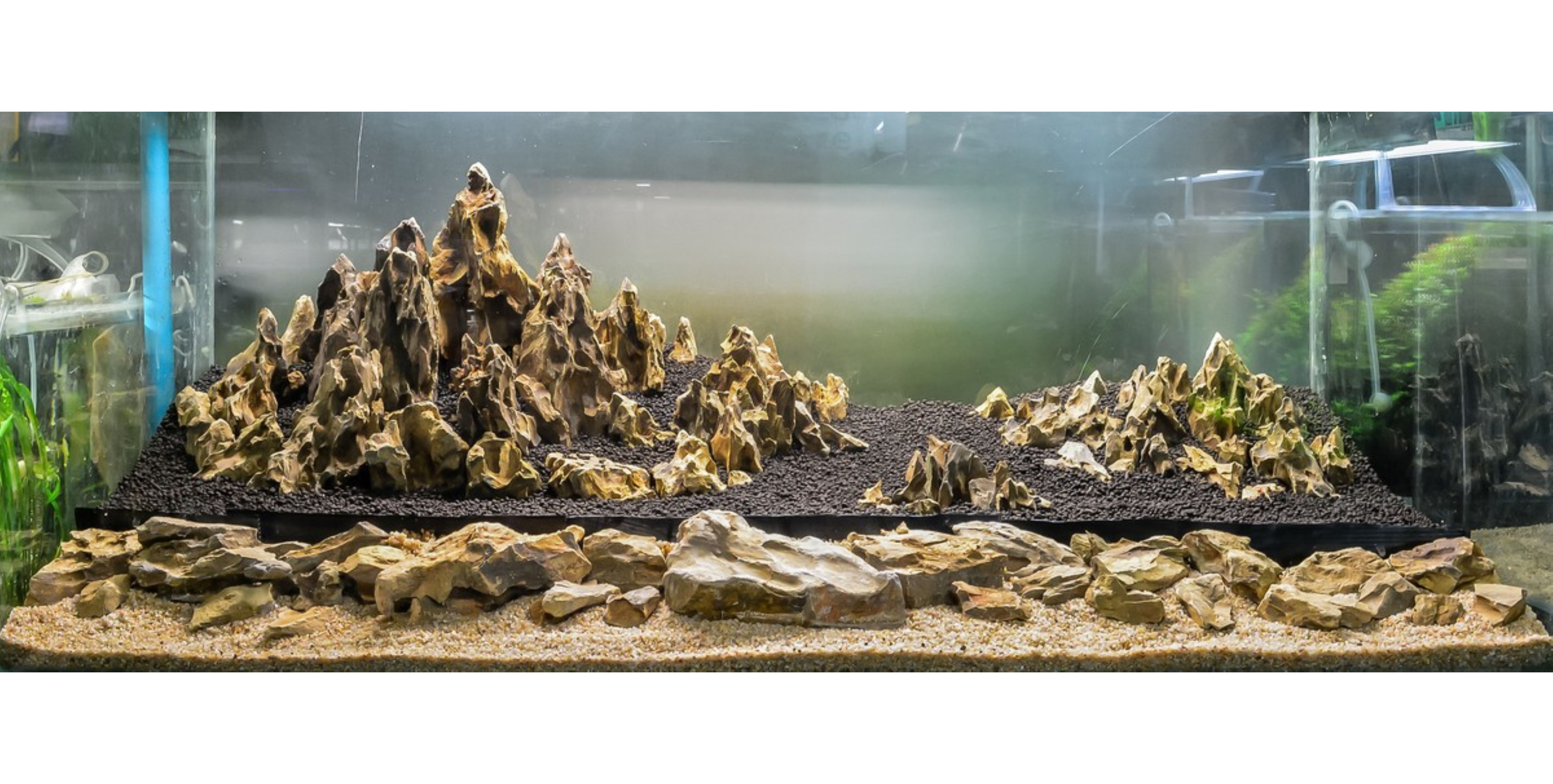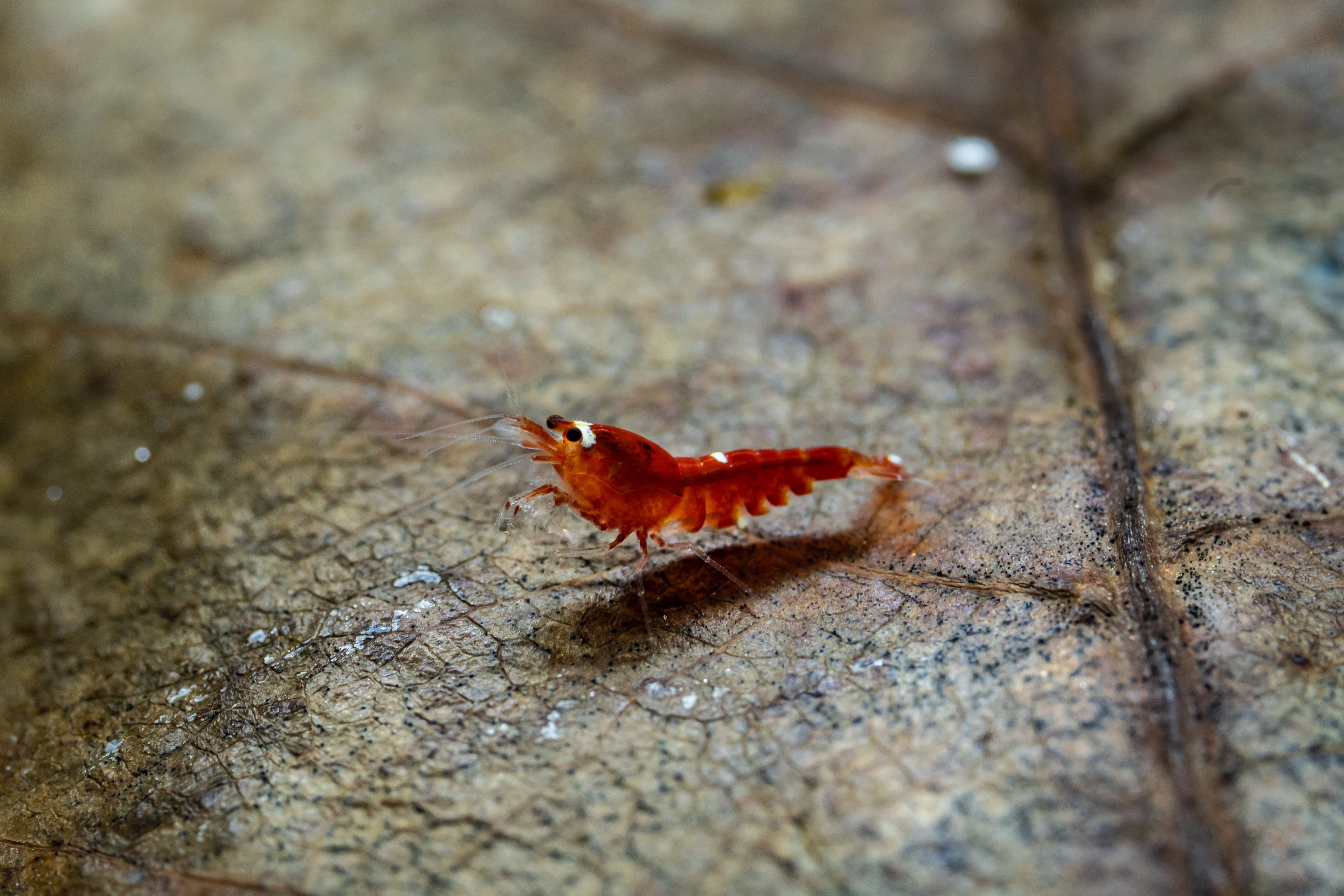Table of Contents
Creating the perfect betta fish oasis is not just about having a stunning aquarium; it's about crafting a thriving environment that nurtures your fish's beauty and well-being. As one of the most vibrant and captivating fish in the aquatic world, bettas deserve a home that mirrors their striking colors and dynamic personalities. Whether you're a seasoned aquarist or a beginner enticed by the charm of these finned companions, setting up an ideal home tank requires thoughtful planning and attention to detail. In this guide, we’ll explore essential tips and techniques to transform your aquarium into a tranquil underwater haven. From choosing the right tank size and water parameters to selecting decorations that enrich your betta’s habitat, you’ll learn how to cultivate a balanced ecosystem. Dive in with us and discover how to make your betta fish feel right at home, ensuring a vibrant and healthy life in your very own aquatic paradise!
Understanding Betta Fish: Species and Behavior
Originating from Southeast Asia, betta fish or Siamese fighting fish are labyrinth fish, meaning they have a special organ allowing them to breathe atmospheric air. In the wild, they thrive in shallow rice paddies and slow-moving streams, which is why stagnant or low-flow water is ideal for their captive environment.
Behavioral Traits:
- Territorial: Male bettas will flare their gills and spread their fins to ward off rivals.
- Intelligent: They can recognize owners, learn feeding routines, and even perform tricks.
- Rest Patterns: Bettas often rest on leaves or tank decorations—don't panic if they lie still!
- Bubble Nests: A sign of a healthy male betta; he’ll create bubbles on the surface to prepare for breeding.
Understanding their natural instincts helps us recreate a comforting, enriched betta tank setup that minimizes stress and encourages vibrant behavior.

What is the Ideal Size for Betta Fish Tank?
Despite common misconceptions, betta fish tanks should never be tiny bowls. The myth of bettas thriving in 1-gallon tanks has been debunked by countless biologists and hobbyists.
Minimum Recommended Tank Size:
- 5 gallons – Absolute minimum for long-term health.
- 10 gallons – Ideal if you're adding live plants and décor.
- 20 gallons+ – For advanced setups with tank mates.
Why Bigger is Better:
- Larger volumes stabilize water chemistry.
- More room means better exercise, reducing fin clamping and lethargy.
- Easier to decorate with plants and caves for natural enrichment.
A larger tank is the cornerstone of the best betta fish tank setup—not only does it look more impressive, but it makes maintenance easier and keeps your fish healthier.
Essential Equipment for Your Betta Fish Tank
1. Filter
While betta fish prefer calm water, they still need a filter to keep the tank clean and biologically balanced. The filter helps remove harmful toxins like ammonia and nitrite, while also oxygenating the water and supporting beneficial bacteria. It’s crucial to choose a filter with gentle flow or adjustable settings—sponge filters or low-flow hang-on-back (HOB) filters are ideal for bettas. A strong current can cause stress and fin damage, especially in long-finned varieties.
2. Heater
As tropical fish, bettas require a stable temperature between 76°F and 82°F (24°C to 28°C) to maintain their metabolism, immunity, and coloration. A submersible aquarium heater with adjustable controls allows you to fine-tune the water temperature based on seasonal room changes. Without a heater, especially in colder climates or air-conditioned homes, bettas may become lethargic and more prone to diseases like ich or fin rot. Always choose a heater rated for your specific tank size for safety and effectiveness.
3. Thermometer
Even with a heater, temperature fluctuations can occur, which is why a thermometer is essential for every betta tank. Digital or stick-on thermometers allow you to monitor the water temperature daily and catch any sudden drops or spikes. Monitoring temperature is especially important during water changes, where adding water that’s too hot or cold can shock your betta. Consistent warmth keeps your fish active and stress-free.
4. Lighting
Proper lighting is important not just for viewing your betta’s vivid colors, but also for supporting the growth of live plants in a betta fish tank setup. LED aquarium lights are energy-efficient and can mimic natural daylight without heating the tank. Bettas don’t need intense lighting, so it’s best to avoid overly bright setups that can cause stress or algae blooms. Use a timer to create a consistent day-night cycle (typically 8–10 hours of light per day), helping your betta maintain a healthy circadian rhythm.
5. Tank Lid or Cover
Bettas are notorious jumpers, especially when startled or when exploring their environment. A secure tank lid is a critical safety feature that prevents them from leaping out of the tank. It also helps minimize water evaporation and keeps dust or other contaminants from falling into the water. If your aquarium didn’t come with a lid, consider getting a mesh or glass cover that fits snugly and still allows access for feeding and maintenance.
6. Aquarium Siphon
Regular water changes are vital for maintaining good water quality, and a gravel vacuum or aquarium siphon makes the process much easier. These tools allow you to remove waste, uneaten food, and detritus from the substrate without disturbing your setup. Performing partial water changes weekly with the help of a siphon reduces ammonia buildup and keeps nitrate levels low. It’s a small investment that makes long-term tank maintenance far more efficient and effective.
7. Air Stone (Optional)
An air stone can enhance the appearance of your betta fish tank by creating bubbles and improving water oxygenation, especially in tanks with limited surface agitation. However, bettas prefer calm waters, so if used, it should be paired with a valve to control the airflow. Some bettas enjoy playing in the bubbles, while others may find them overwhelming, so observe your fish’s behavior. This item is optional but can be a fun addition to a peaceful, planted tank.
8. Timer for Lighting
To replicate a natural day/night cycle, a timer can be connected to your aquarium lighting system. This ensures your betta gets consistent exposure without the need for manual control. Inconsistent light patterns can disturb your betta’s sleep and stress them out. A timer is especially useful if you travel or have a busy schedule and want to automate your lighting routine.
Ideal Water Parameters for Betta Fish
Water quality is one of the most overlooked aspects of betta care. Stable, clean water prevents illness and promotes coloration, activity, and longevity.
Key Parameters:
|
Parameter |
Optimal Range |
|
Temperature |
76°F–82°F (24°C–28°C) |
|
pH |
6.5–7.5 |
|
Ammonia |
0 ppm |
|
Nitrite |
0 ppm |
|
Nitrate |
< 20 ppm |
|
Hardness |
Soft to moderately hard |
Use a liquid water test kit weekly and dechlorinate tap water using a good water conditioner like Seachem Prime.
Common water issues:
- Ammonia spikes – From leftover food or new tanks.
- pH crashes – Often due to poor substrate or unstable decor.
- Hardness shifts – Can affect betta slime coat and stress levels.
Maintaining consistent parameters is vital for a successful betta fish tank setup. Visit this blog for more information about How to Care for Betta Fish

Selecting the Best Substrate and Decorations
Substrate is more than just aesthetic—it's the foundation of your aquatic ecosystem. Choose a material that suits your tank’s design and supports your betta’s comfort.
Best Substrates:
- Sand: Soft and ideal for resting; supports root plants like Cryptocoryne.
- Smooth gravel: Choose small, round pebbles only.
- Plant substrate: Enriched with nutrients for planted tanks.
Recommended Decorations:
- Smooth driftwood: Natural and encourages hiding behavior.
- Ceramic caves or betta logs: Essential for stress reduction.
- Silk plants or live plants: Avoid plastic (can tear fins).
- Floating betta hammocks: Perfect for lazy lounging!
Avoid overcrowding. Open swimming areas are just as important as hiding spots in your betta tank setup ideas.
Can Betta Fish Live with Other Tank Mates?
The answer: sometimes. It depends on your betta’s temperament, tank size, and the chosen companions.
Safe Tank Mates:
- Snails: Mystery snails, nerite snails (zero aggression).
- Shrimp: Ghost or Amano shrimp (caution with baby shrimp).
- Bottom dwellers: Corydoras catfish, kuhli loaches.
- Peaceful schooling fish: Ember tetras, harlequin rasboras (in tanks 10+ gallons).
Tank Mates to Avoid:
- Male bettas together (aggression guaranteed).
- Guppies (colorful tails may trigger attacks).
- Fin nippers like barbs or aggressive tetras.
Always introduce tank mates slowly, monitor behavior, and have a backup plan in case your betta turns territorial. Visit this for more information about The Best Tank Mates for Your Betta.
Setting Up a Natural Habitat: Plants and Hiding Spots
Replicating a natural setting is the heart of a tranquil, enriched betta fish tank. Live plants and shelters reduce stress, improve water quality, and stimulate natural behaviors.
Best Live Plants:
- Anubias nana: Low light, attach to wood or rocks.
- Java fern: Hardy, beautiful, and great for beginners.
- Amazon sword: Adds a jungle vibe; requires nutrient-rich substrate.
- Marimo moss balls: Act as natural filters.
- Floating plants: Frogbit or duckweed for shade and bubble nesting.
Add hiding spots in the form of betta logs, coconut shells, or clay pots (smooth edges only). Creating vertical and horizontal layers gives your betta space to explore and feel secure.
Conclusion
Setting up the ideal betta fish tank is a fulfilling project that blends creativity with science. From understanding the species’ unique behavior to mastering water parameters, tank equipment, and aquascaping, every decision you make contributes to a healthier and happier fish.
Explore betta fish tank setup ideas that reflect your style, but always prioritize your fish’s comfort and biological needs. When done right, the result is a breathtaking centerpiece and a thriving aquatic companion.
If you’re considering to have your own betta fish, visit Splashy Fish tropical fish store for the highest quality of betta fish for sale online or at our aquarium store in Virginia for more freshwater fish for sale, freshwater shrimp for sale, live aquarium plants for sale, and aquarium supplies.
Betta Fish Tank Frequently Asked Questions (FAQs)
Why are the bettas staying at the bottom of the tank?
Your betta could be resting, but it might also be showing signs of stress. Causes include cold water, poor water quality, overfeeding (leading to constipation), or illness. Test the water, check the temperature, and observe behavior. If lethargy continues, consult a vet or local aquarium expert.
How often should I clean my betta fish tank?
For a cycled tank:
- Weekly: 25–30% water changes.
- Bi-weekly: Gravel vacuuming.
- Monthly: Rinse filter media in tank water (not tap).
Avoid changing 100% of the water unless there’s contamination. Cleaning too thoroughly can destroy beneficial bacteria.
Why betta fish tank need Indian almond leaves?
Indian almond leaves (IAL) release tannins and beneficial compounds into the water. They:
- Lower pH gently (ideal for soft-water species like bettas)
- Reduce bacterial and fungal infections
- Encourage bubble nesting
- Mimic the betta’s wild blackwater environment
Add 1 leaf per 5 gallons, and replace every 2–3 weeks for full benefit.



